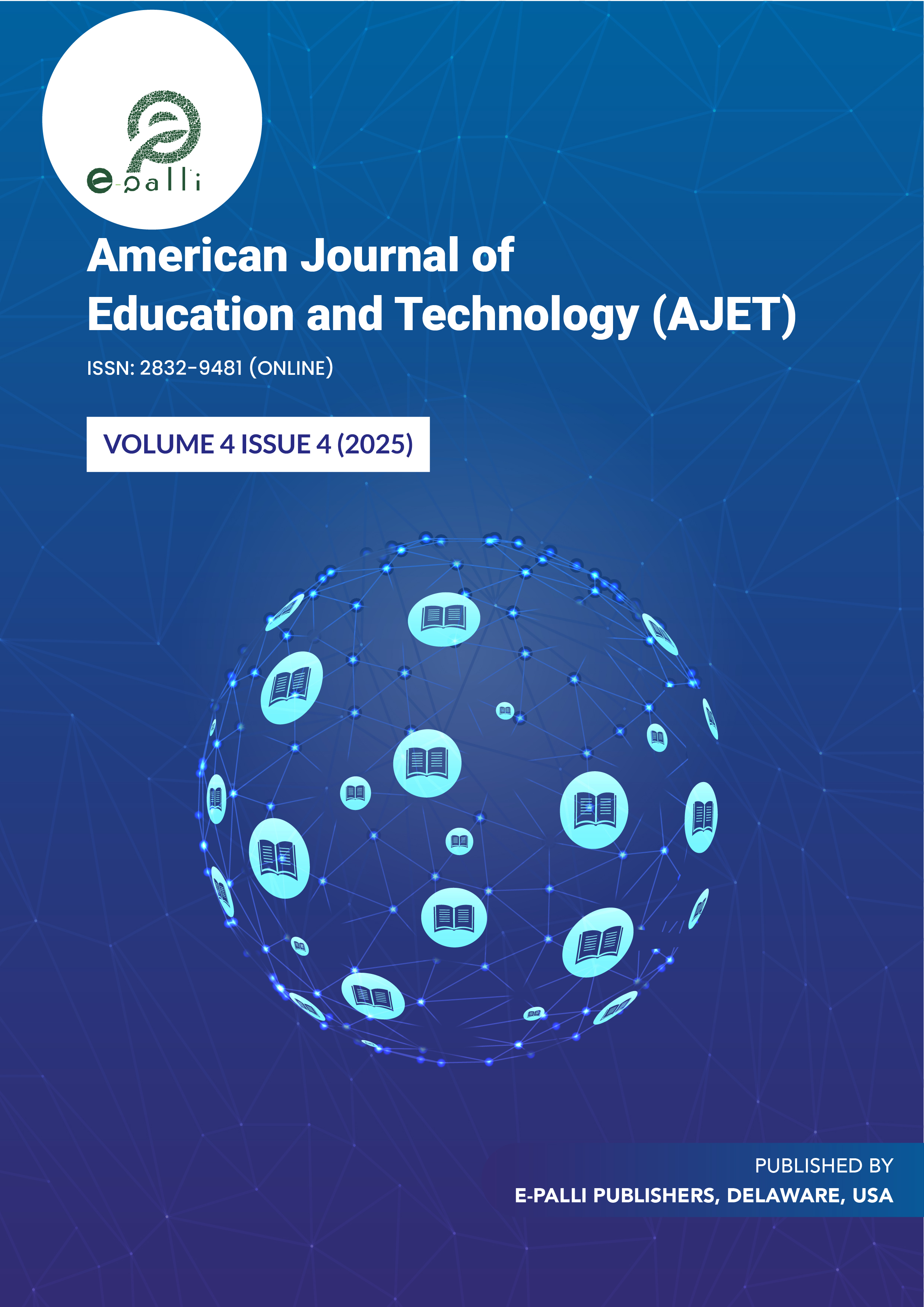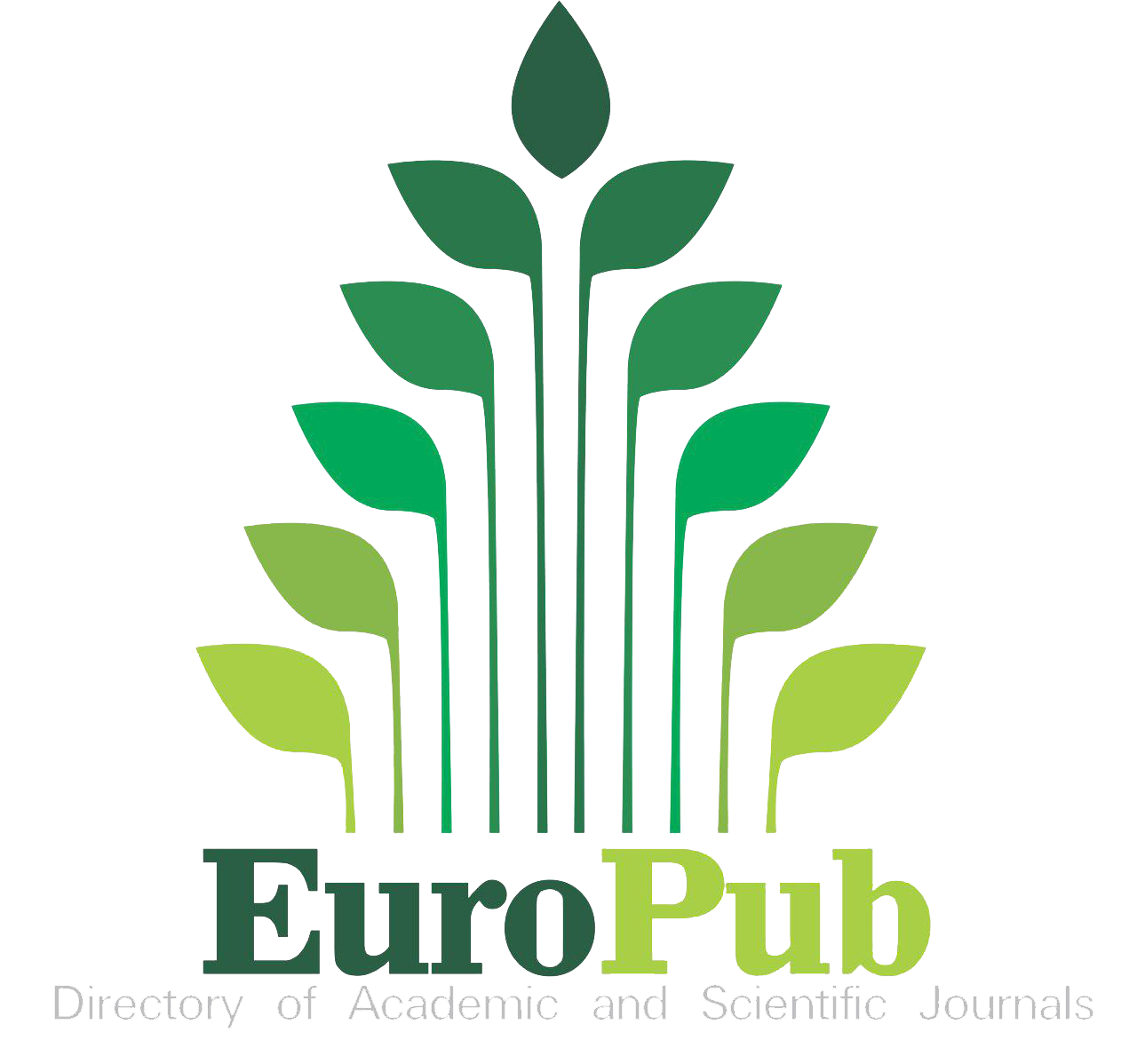Breaking Language Barriers: The Impact of Translanguaging on Student Classroom Engagement and ESL Confidence among Grade 7 Students of Dr. Yanga’s Colleges Inc
DOI:
https://doi.org/10.54536/ajet.v4i4.4969Keywords:
ESL Confidence, Translanguaging, Linguistic IdentityAbstract
This study highlights the role of Translanguaging - a method where mixed language (L1 and L2) is utilized in the pedagogy - and its impact on the student classroom engagement and confidence in using English as the second language. Using an experimental design that focuses on the result of the pre-test and post test results of the participants, the study investigated how the strategic use of both English and Filipino coined as translanguaging during instruction affect students’ participation, confidence, and language preference. Seventy students participated in an eight-week intervention, transitioning from an English-only classroom as the first phase to the second phase where the researcher employed translanguaging strategies. Data were collected through surveys, classroom observations, and participation logs, and analyzed using paired-sample t-tests, chi-square tests, and descriptive statistics. Results revealed significant improvements in students’ engagement (p < .001), participation frequency (p < .001), and ESL confidence (p < .001) after the intervention. The researcher of the study found out that most students preferred the translanguaging method, supporting the communicative and cognitive value of using the integration of their native language towards learning the second language. Additionally, student perceptions show undeniable approval of translanguaging as a classroom practice. The findings affirm that translanguaging enhances learners’ emotional security, encourages meaningful participation, and validates linguistic identities. This study contributes to the growing body of literature advocating for inclusive and multilingual education practices, particularly in English-dominant Philippine classrooms, where students benefit from leveraging their full linguistic abilities.
Downloads
References
Antony, J., Smith, R., & Lee, K. (2024). Challenges in multilingual education: Policy implications and pedagogical practices. Multilingual Educational Journal, 18(2), 101–120.
Antony, S., de los Reyes, A., & Morales, J. (2024). Decolonizing language education: The role of translanguaging in Southeast Asian classrooms. Asian Education Studies, 12(1), 15–28.
Bandura, A. (1997). Self-efficacy: The exercise of control. W. H. Freeman.
Bernardo, A. (2004). Bilingual education in the Philippines: Sociopolitical and cognitive perspectives. Philippine Journal of Linguistics, 35(1), 45–68.
Canagarajah, S. (2011). Codemeshing in academic writing: Identifying translanguaging strategies of multilingual students. The Modern Language Journal, 95(3), 401–417. https://doi.org/10.1111/j.1540-4781.2011.01207.x
Cenoz, J. (2017). Translanguaging in school contexts: International perspectives. Journal of Language, Identity & Education, 16(4), 193–198. https://doi.org/10.1080/15348458.2017.1327816
Cenoz, J., & Gorter, D. (2020). Pedagogical translanguaging: Navigating between languages in multilingual classrooms. Language Teaching Research, 24(2), 149–170.
Cohen, L., Manion, L., & Morrison, K. (2017). Research methods in education (8th ed.). Routledge.
Creese, A., & Blackledge, A. (2010). Translanguaging in the bilingual classroom: A pedagogy for learning and teaching? The Modern Language Journal, 94(1), 103–115. https://doi.org/10.1111/j.1540-4781.2009.00986.x
Cummins, J. (2000). Language, power, and pedagogy: Bilingual children in the crossfire. Multilingual Matters.
Cummins, J. (2007). Rethinking monolingual instructional strategies in multilingual classrooms. Canadian Journal of Applied Linguistics, 10(2), 221–240.
Cummins, J. (2017). Teaching for transfer in multilingual school contexts. Educational Researcher, 46(3), 173–182. https://doi.org/10.3102/0013189X17707272
Dekker, D., & Young, C. (2005). Multilingual education in the Philippines: A framework for sustainable learning. Philippine Multilingual Education Review, 12(3), 58–75.
García, O. (2009). Bilingual education in the 21st century: A global perspective. Wiley-Blackwell.
García, O., & Lin, A. M. Y. (2017). Translanguaging in bilingual education. In O. García, A. M. Y. Lin, & S. May (Eds.), Bilingual and multilingual education (pp. 117–135). Springer. https://doi.org/10.1007/978-3-319-02258-1_9
García, O., & Wei, L. (2014). Translanguaging: Language, bilingualism and education. Palgrave Macmillan.
García-Mateus, S., & Palmer, D. (2017). Translanguaging pedagogies for multilingual classrooms. Bilingual Research Journal, 40(3), 251–266.
Gatil, J. (n.d.). Code-switching and translanguaging in Filipino classrooms: A pedagogical approach. Philippine Journal of Language Teaching, 22(2).
Hornberger, N. H., & Link, H. (2012). Translanguaging in today’s classrooms: A primer for teachers. Literacy Today, 29(1), 40–43.
Khan, M. A. (2023). Affective variables in second language acquisition: A systematic review. Journal of Second Language Studies, 9(1), 112–129.
Krashen, S. (1982). Principles and practice in second language acquisition. Pergamon Press.
Lewis, G., Jones, B., & Baker, C. (2012). Translanguaging: Developing its conceptualisation and contextualisation. Educational Research and Evaluation, 18(7), 655–670. https://doi.org/10.1080/13803611.2012.718490
Libladilla, L. (2024). Monolingual bias and the Filipino learner: English-only policies in Philippine education. Language and Society Review, 8(1), 34–48.
Liu, P. (2023). Confidence in second language writing: Assessing affective factors in ESL college students. TESOL Quarterly, 57(4), 1023–1041.
Luo, W., & Ruan, Y. (2024). Multimodal translanguaging and multilingual learners. Language Learning, 54(1), 78–99.
Makoni, S., & Pennycook, A. (2007). Disinventing and reconstituting languages. Multilingual Matters.
MacSwan, J. (2020). A multilingual perspective on language education policy. Multilingual Education Policy Studies, 22(3), 231–248.
Martin, R. (2014). Language diversity and educational equity in the Philippines. Philippine Sociolinguistics Review, 6(1), 44–66.
Prilutskaya, M. (2021). Translanguaging in English language teaching: Systematic review of practices and implications. Language Education Research, 13(2), 91–108.
Reyes, A. (2018). Translanguaging in Philippine classrooms: Evaluating impact on student engagement. Philippine Journal of Language Teaching, 22(1), 37–55.
Reyes, I. (2018). Cultural identity and confidence in ESL learning through translanguaging pedagogy. International Journal of Bilingual Education and Bilingualism, 21(4), 385–399. https://doi.org/10.1080/13670050.2016.1228591
Tupas, R. (2015). Decolonizing English language education in the Philippines. Applied Linguistics Journal, 11(4), 289–307.
Velasco, P. (2019). Assessing language policies in private schools: A critical review. Philippine Journal of Educational Leadership, 14(3), 157–172.
Vygotsky, L. S. (1978). Mind in society: The development of higher psychological processes. Harvard University Press.
Wei, L. (2018). Translanguaging as a practical theory of language. Applied Linguistics, 39(1), 9–30. https://doi.org/10.1093/applin/amx039
Young, D. J. (1991). Creating a low-anxiety classroom environment in second language learning. The Modern Language Journal, 75(2), 189–199.
Downloads
Published
How to Cite
Issue
Section
License
Copyright (c) 2025 Mikaela Louise De Guzman

This work is licensed under a Creative Commons Attribution 4.0 International License.








